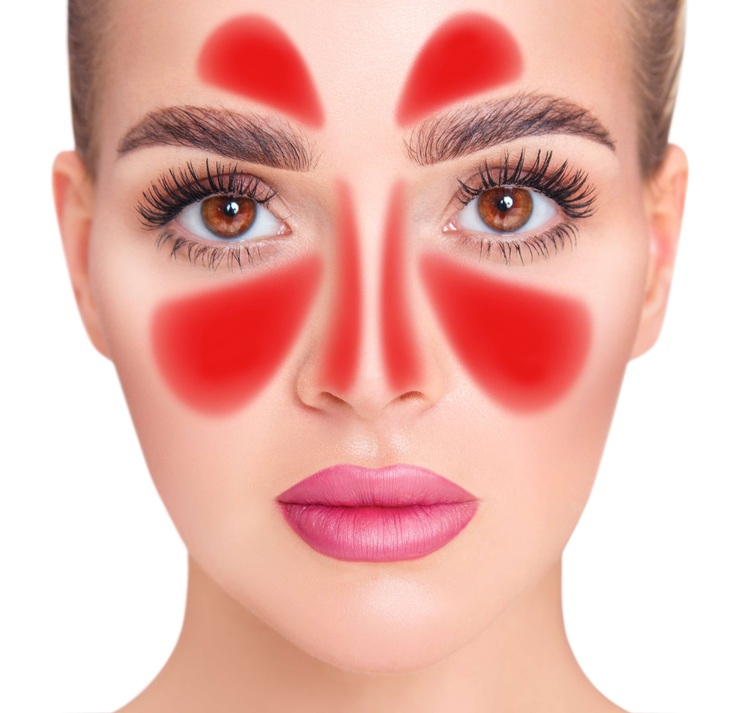Inclusive Shade Ranges and Texture Options for Diverse Skin Types
Inclusive shade ranges and thoughtfully varied textures help cosmetics and skincare meet the needs of more people. This article outlines how formulation, ingredients, and packaging choices interact with skin diversity, and how personalization, sustainability, and ecommerce practices can support more accessible product options for a wider audience.

Inclusive shade representation and versatile texture options are essential for meeting the needs of diverse skin types and tones. Brands that consider undertones, pigmentation, and skin condition alongside formulation can improve wear, comfort, and efficacy. Beyond foundation or concealer, shade inclusivity extends to bronzers, blushes, and color-correcting products; texture options — from sheer to full-coverage or lightweight gels to richer creams — influence how a product performs across dry, oily, textured, or sensitive skin.
This article is for informational purposes only and should not be considered medical advice. Please consult a qualified healthcare professional for personalized guidance and treatment.
Skincare and the microbiome
Skincare choices affect skin barrier function and the microbiome, which in turn influence how cosmetic textures behave. Lightweight serums and gel-based moisturizers may suit oilier skin types and help prevent clogged pores, while emollient creams support dry or barrier-compromised skin. Ingredient selection is critical: humectants, ceramides, and gentle surfactants can support barrier health, whereas heavy occlusives or irritating actives might provoke sensitivity in some people. Considering microbiome-friendly approaches and testing across diverse skin types helps ensure products deliver benefits without unintended irritation.
Makeup shades and formulation
Developing a comprehensive shade range requires accurate undertone mapping and formulation adjustments so pigments reflect true color on different skin tones. Titanium dioxide and iron oxides must be milled and dispersed carefully to avoid ashy or orange casts on deeper skin. Formulation also affects finish: dewy or satin formulations interact differently with skin oiliness than matte powder systems. Including multiple texture formats — liquid, cream, stick, and powder — gives consumers options for coverage and finish based on skin type, climate, and personal preference.
Cosmetics texture and diverse skin
Texture impacts wear, blendability, and perceived coverage. Thinner, water-based textures can feel breathable for oily or acne-prone skin, while richer, oil-infused textures provide hydration for dry or mature skin. Detecting and addressing common concerns like creasing, patchiness, or oxidation requires testing on a spectrum of skin types, including textured or uneven surfaces. Multiplicity in textures — buildable sheers to full-coverage creams — enables users to choose products that accommodate both aesthetic goals and dermatological needs.
Haircare and scalp diversity
Haircare and scalp health intersect with skin diversity when products are used around the hairline or on sensitive scalps. Texture and formulation in cleansing and conditioning products should account for varied sebum production, curl patterns, and environmental needs. Lightweight, non-comedogenic oils and mild surfactants can reduce irritation around facial skin, while richer treatments benefit textured hair types. Inclusive product lines consider packaging sizes and formats that enable targeted application, minimizing transfer to facial skin when necessary.
Sustainability, packaging, and refillables
Sustainability choices influence accessibility and long-term use. Refillable packaging, recyclable materials, and concentrated formulations reduce waste and support repeat use without forcing consumers to compromise on shade or texture selection. Thoughtful packaging can prevent contamination for products used across multiple skin types in communal settings, and clear labeling about formulation and ingredients helps users make informed choices aligned with wellness or eco-conscious priorities. Sustainable initiatives should be implemented without limiting shade diversity or texture variety.
Personalization, inclusivity, and ecommerce
Personalization tools on ecommerce platforms can help shoppers find suitable shades and textures by using undertone quizzes, virtual try-on, and descriptive texture guidance. Inclusivity goes beyond adding extra shade numbers; it involves accessible imagery, culturally diverse models, and product descriptions that explain how textures perform on different skin types. Return policies, sample sizes, and virtual consultations increase confidence for consumers exploring new formulas. Data-driven personalization paired with ethical testing on diverse panels improves product fit and reduces mismatches.
Conclusion
Inclusive shade ranges and a spectrum of texture options are complementary strategies for addressing the varied needs of global skin types. Attention to formulation, careful selection of ingredients, sustainable packaging choices, and ecommerce-enabled personalization support product accessibility and effective performance. When brands design with diversity in mind — testing broadly and communicating clearly — consumers gain meaningful choices that align with wellness, skin health, and personal style preferences.





